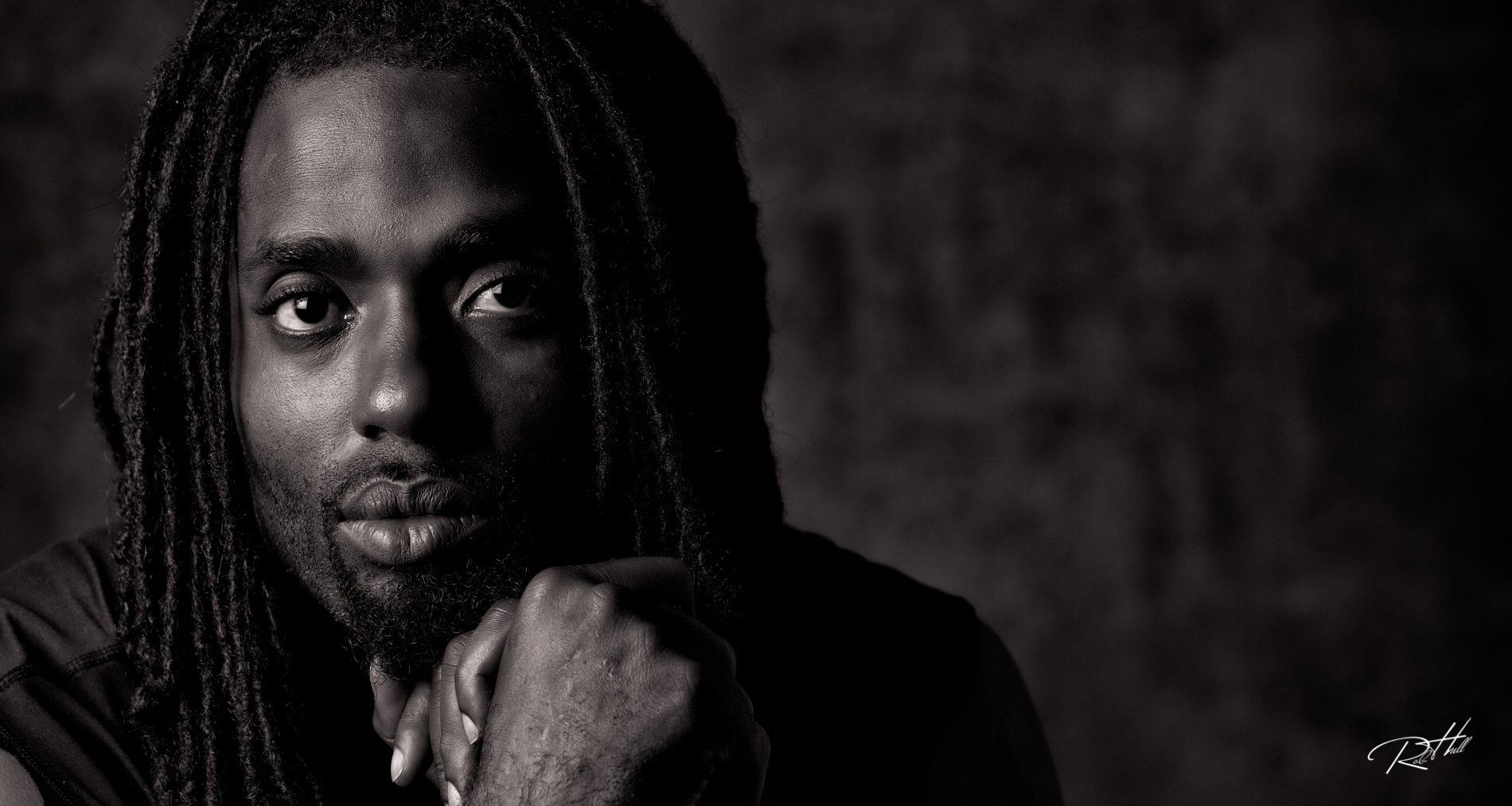We can all stand a little more negative space. For some of you out there, this is a dangerous statement to make but I’m not talking about having a negative attitude. I’m talking about Negative Space - a very important compositional element
Negative Space is the space that surrounds your subject in an image but does not distract from the intended subject. Using negative space effectively in the design of the image can create some very powerful photographs.
In some cases, the creative graphic use of negative space can even become a subtle subject in your image. Take a look at the NBC logo and the peacock in negative space.
Throughout history, creatives have generally used white paper or canvas for their transcripts, paintings, and photographs. For that reason, the term “white space” is often used in the world of creatives to identify the negative space in an image. This doesn’t mean that this space is actually white.
Photographically we can use the blurring effect of a shallow depth of field to create negative space around our subject. As long as these elements don’t distract from the intended subject, we can call them negative space. It’s safe to say that anything in the same focal plane as your subject is not considered negative space. The fog in the image of the Chinese sampan creates negative space.
Just as with other compositional tools, how we use negative space significantly impacts the way we perceive the image. When negative space is equally balanced with positive space you get a composition that is considered in balance. This gives the eye a place to rest and so the perception of such an image would be one of calmness or tranquility.
Changing the balance of negative space and positive space, including the subject, is the key to aesthetic composition. As photographers, however, we often crop in too close to our subject and forget about the importance of negative space. So next time you're out shooting a subject, think carefully about the use of negative space. Work with your subject, adding more and more negative space, and see what results you get. You may be pleasantly surprised.




